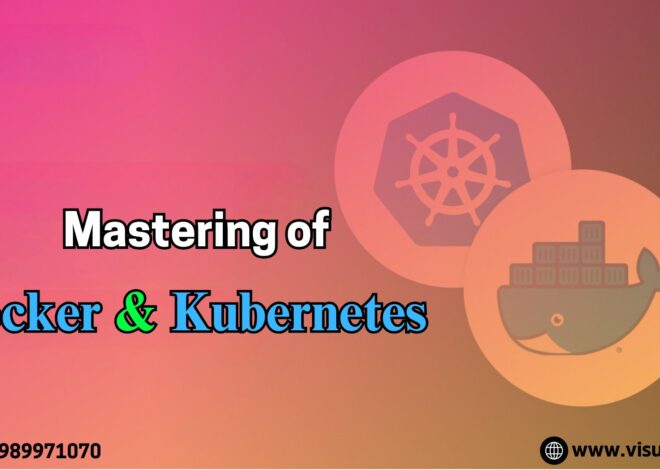Introduction:
Docker Compose is a powerful tool that simplifies the management of multi-container applications. As modern applications often consist of multiple interconnected services, managing these services individually can be complex and time-consuming. Docker and Kubernetes Training
Why Use Docker Compose?
Docker Compose offers several benefits that make it an essential tool for developers working with containerized applications
Simplified Configuration: With Docker Compose, you can define your entire multi-container application in a single YAML file. This file describes the services, networks, and volumes needed, making it easy to understand and manage the application’s infrastructure.
Automated Service Management: Docker Compose allows you to start, stop, and manage all the services in your application with a single command. This automation reduces the chances of human error and ensures that all services are correctly initialized. Kubernetes Online Training
Consistent Environment: By using Docker Compose, you can ensure that your application runs in the same environment across different stages of development, testing, and production. This consistency minimizes the risk of environment-related issues.
Scalability: Docker Compose makes it easy to scale your application by defining how many instances of each service you want to run. This feature is particularly useful for load balancing and handling increased traffic.
Key Components of Docker Compose:
Understanding the key components of Docker Compose is crucial for effectively using the tool:
Services: Services are the main building blocks of a Docker Compose application. Each service corresponds to a container that runs a specific task or microservice, such as a web server, database, or cache. The configuration for each service includes the image to be used, environment variables, ports, and dependencies. Docker Online Training
Networks: Docker Compose allows you to define custom networks for your services. These networks facilitate communication between services, ensuring that they can interact with each other seamlessly. By default, Docker Compose creates a network for each application, but you can also define additional networks as needed.
How Docker Compose Works:
Define the Services: Create a docker-compose.yml file that defines all the services, networks, and volumes needed for your application. This file serves as the blueprint for your multi-container setup.
Deploy the Application: Use the docker-compose up command to start and run all the services defined in the YAML file. Docker Compose will automatically pull the required images, create the containers, and configure the networks and volumes. Kubernetes Certification Training
Manage the Application: Docker Compose provides various commands to manage your application. For example, you can use docker-compose down to stop and remove all the containers, networks, and volumes created by the up command.
Conclusion:
Docker Compose is a valuable tool for managing multi-container applications efficiently. By defining your services, networks, and volumes in a simple YAML file, you can streamline the deployment and management of your application.
Visualpath is the Leading and Best Institute for learning Docker and Kubernetes Online in Ameerpet, Hyderabad. We provide Docker Online Training Course, you will get the best course at an affordable cost.
Attend Free Demo
Call on – +91-9989971070
Visit : https://www.visualpath.in/DevOps-docker-kubernetes-training.html




